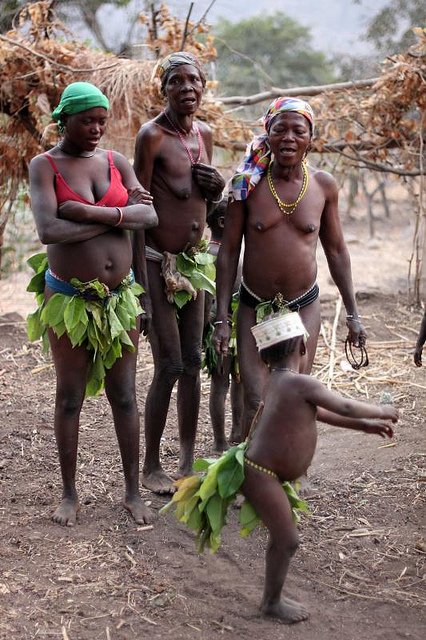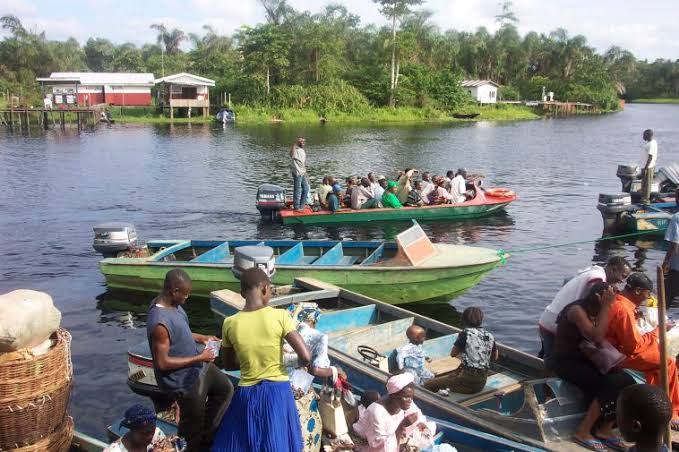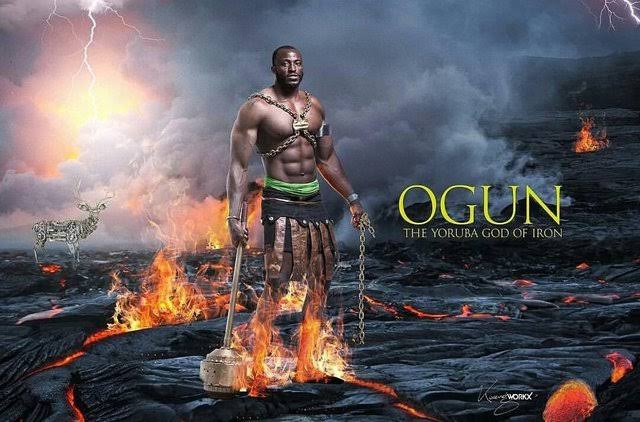According to the calendar developed by Remi-Niyi Alaran the Gregorian year 2014 is the 10056th year of Yoruba records of timeWith the British colonial and European
cultural invasions, came the need to reconcile with the Gregorian calendar: Yoruba people also measure time in seven days a week and 52 weeks a year.
The year in festivals
Ajȯdun Yoruba[1]
Olokún = Oríṣà of Okún, the deep seas or oceans, patron of sailors,
and guardian of souls lost at sea.
Erele/Feb 21-25
Annual rites of passage for men
Èrèna/March 12 – 28
Oduduwa (odudu, the dark pigment; ni ewa, is the beauty) / Iyaagbe (iya, mother; agbe, who receives) = Oríṣà of Earth and matron of the Ayé. Oduduwa endows the ebony dark
skin pigment that accords greatest gifts of spirituality, beauty and intellect to the bearer. The essence of procreative love.
Èrèna/March 15 – 19
Oshosi = Oríṣà of Adventure and the hunt
Èrèna/March 21 – 24:
Ogun = Oríṣà of the metal and war crafts, and engineering. The
custodian of truth and executioner of justice, as such patron of the legal and counselling professions who must swear to uphold truth while biting on a piece of metal.
Oshun = Oríṣà of Fertility and custodian of the female essence. who guides pregnancies to term.
Igbe starts last Saturday of April, for 5 days-
Onset of wet season (Spring)
Egungun (Commemoration of the Ancestors, including community founders and illustrious dead. Èbíbí: starts last Saturday of May, for 7 days
Okudu 3: Onset of the Yoruba New Year (2008 is the
10,050th year of Yoruba culture)
Okudu 7 - 8: Shopona (Oríṣà of Disease, shopona, small pox is a viral disease) and Osanyin (Oríṣà of Medicine and patron of the healing professions: osan, afternoon; yin, healing)








0 Comments